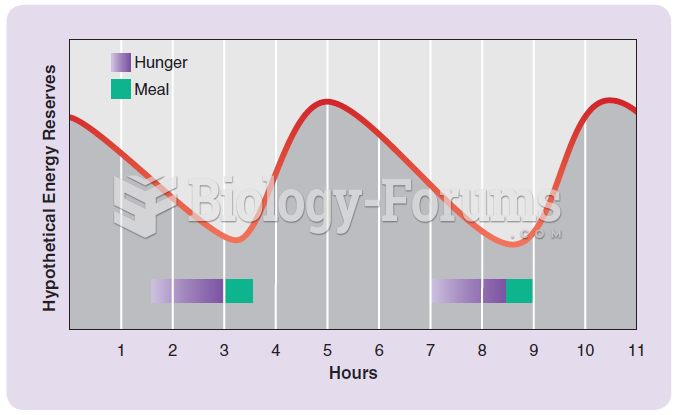Answer to Question 1
Recycling and environmental concerns are frequently viewed simultaneously because
of their association with regulatory policy at the local, state, and federal level. Social concerns stimulate the development of more environmentally friendly products, new standards, and publicly provided recycling programs. It may be surprising to some individuals, but corporations play an active role in this area as part of their focus on ethics and social responsibility. In fact, the term triple bottom line of the three P'sprofit, people and the planet (also known as the three pillars)has gained in popularity with corporations, governments, and activist groups in the twenty-first century. The triple bottom line integrates the three P's into the culture, strategy, and operations of companies and thus captures an expanded spectrum of values and criteria for measuring organizational success to include economic, ecological, and social factors.
In addition to the public relations value of such corporate policies, some evidence suggests that when corporations work with their suppliers to reduce waste, reduce pollution, and improve overall eco-efficiency, they have also been able to improve product quality, cut production times, and increase productivity. The discussion of closed-loop supply chains is an indication of a more proactive approach by companies to be environmentally responsible and use these strategies to enhance their overall financial viability.
Fueled by the growing sense of urgency for environmental action among scientists, consumers, and most governments around the world, the concept of closed-loop supply chain has gained momentum on a global scale. International organizations such as the United Nations and the International Standardization Organization (ISO) initiate frameworks and tools to promote integration of environmental thinking into business practices. For example, the United Nations University/Institute of Advanced Studies launched Zero Emissions Research Initiative (ZERI) in 1994, which was renamed Zero Emissions Forum in 1999 . ZERI promoted the concept that all industrial inputs can be completely converted into a final product and that waste products can be converted into value-added inputs for another chain of production. Similarly, ISO first published ISO 14001 in 1996, specifying the operational requirements for an environmental management system that can guide the environmental activities of organizations in most industries.
Answer to Question 2
False







